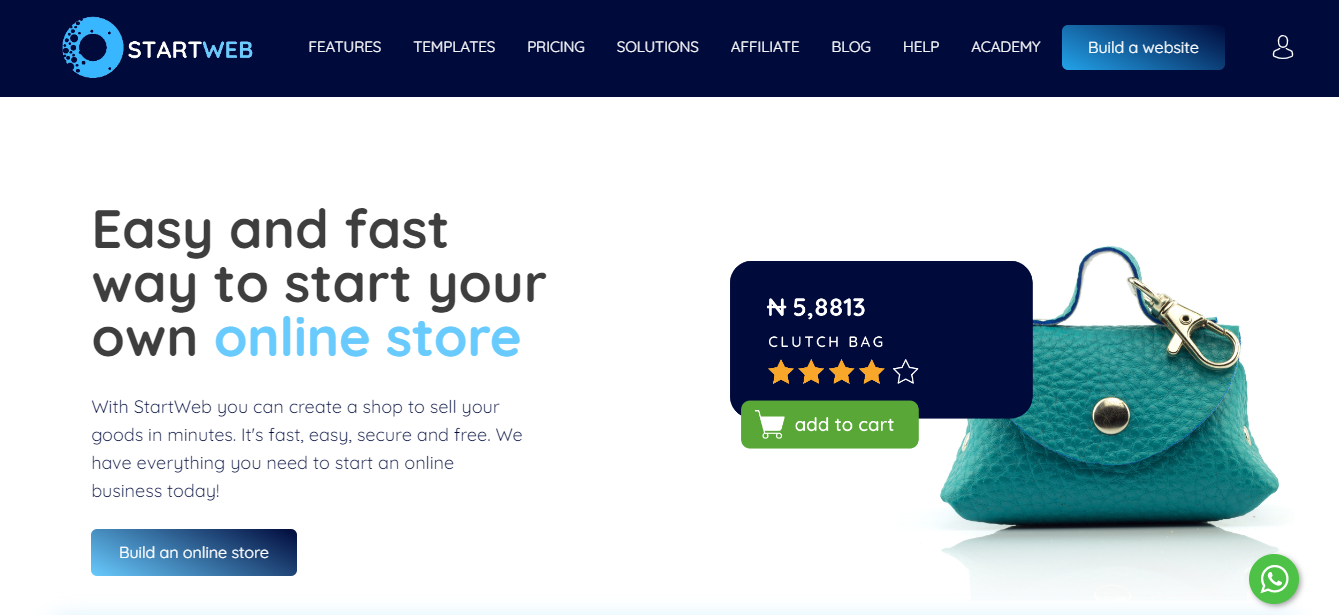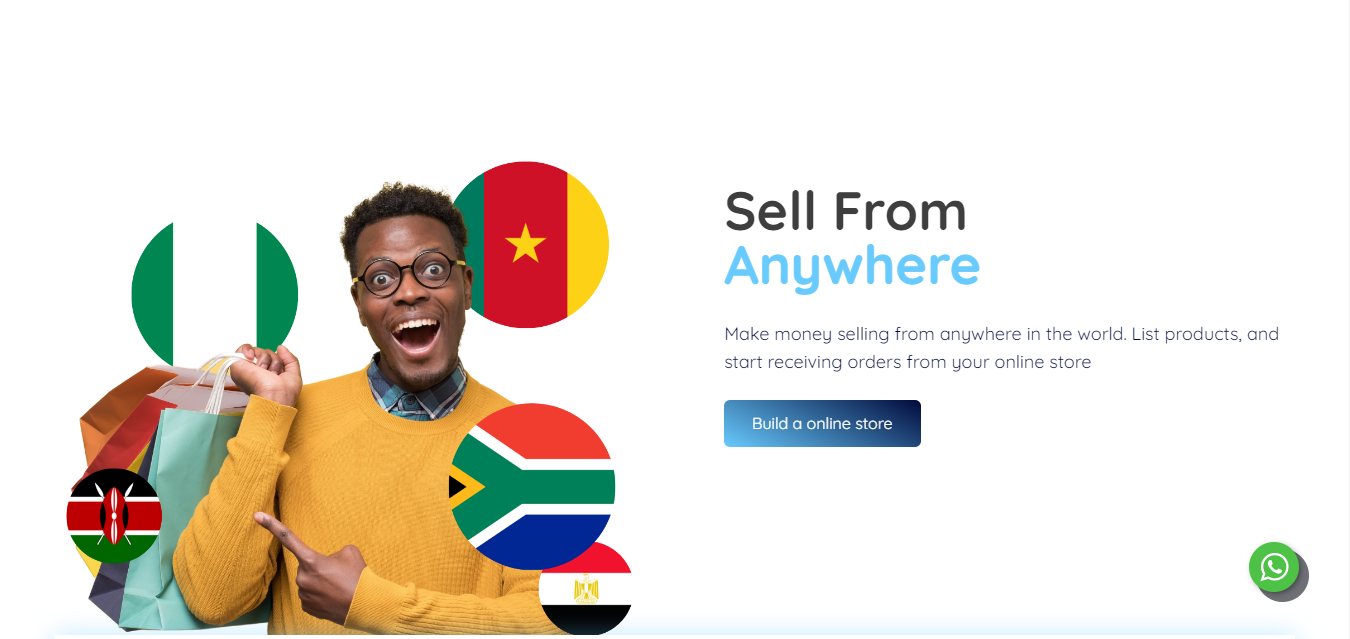Whether as a full-time hustle or an additional stream of income to support your 9-5 or school, selling products online is a much easier and less expensive way to reach a number of customers in a short period of time.
In this guide, you’ll find the right tool and resources to help you set up an online store confidently in record time and without much hassle.
(If you’re unsure of what to sell then simply visit large e-commerce marketplaces to find out the trending products. But, be sure you’re able to easily access the products before proceeding to market them)
Here are the best ways to start selling eCommerce products in 2021:
- Your Own Online Store/Website: This is the most recommended method and it helps to arrange your products all in one place and have full control over your design and layout. You can also integrate your preferred payment platform and let your customers choose the way they want to shop and pay from anywhere in the world.
There are tons of ways to go about setting up your own online store but on StartWeb Africa, you get:

- Over 100 mobile-friendly customizable templates to tailor your online store from storefront to checkout
- Fast and easy way to connect with your customers via a customer relationship management platform (CRM)
- All-in-one dashboard to monitor your products inventory and track sales
- Multiple payment options such as Paystack
- SEO optimized product pages to rank higher on search engines

You don’t need any fancy design skills, you only need to customize the available templates. There’s even a free 14-day plan available with no restrictions so you can get all the power of StartWeb Africa for free.
Your website is five minutes away, what’s stopping you?
Price: Try StartWeb free for 14 days, no credit card required. Paid plans start as low as 3,850 Naira/month.
Additionally, you can learn how to build an e-commerce store all by yourself in this free training.

- Popular Shopping Hubs: There are a lot of online marketplaces for business owners/sellers to display their products for sale and engage with potential customers and they include:
These platforms are well-established marketplaces and they provide an opportunity to reach a wider audience with relatively low start-up costs.
However, the downside to this is that there are certain restrictions or guidelines most of these channels put in place for businesses and you might not have full control over your product listings, account suspensions and hidden costs. Also, you don’t get access to your customers’ databases (and this is EXTREMELY important for retargeting later on) and your branding options are limited as well.


